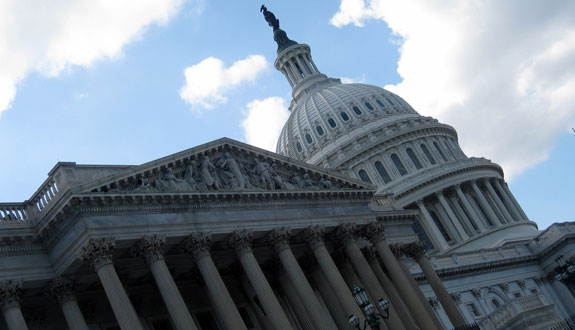Election Law: How Can the Courts Protect Democracy?
- by
- May 27, 2016
- Legal Life
- Reviewed by: Matt Riley


In a democracy where the majority rules, how do you prevent that majority from violating and exploiting the minority? This is a central question for every democracy, and American history in particular has been filled with struggles to correct the majority’s oppressive tendencies—from slavery to black civil rights to transgender rights to police treatment of people of color.
I worked for several years in the Voting Rights Project at the Chicago Lawyers’ Committee for Civil Rights, where I learned the role that courts can play in protecting minority rights. Some theorists have argued that ensuring equal access to the democratic process is the most important thing the court (and especially the Supreme Court) can do to protect minority rights. The politicians in power have an incentive to rig things in their favor, so we need a non-political branch to ensure the integrity of that process.
Election Law is one corner of the legal system’s attempt to protect our democracy, and I’ll give you a sample of one of its contemporary issues:
Partisan Gerrymandering
People often complain about gerrymandering, claiming that politicians create crazy spidery districts to ensure that they’ll win re-election. Districting can have some odd results: in Wisconsin, for example, in the race for state government the majority of citizens cast their ballots for a Democrat, but because of how the district lines were drawn, Republicans still won over 60% of the seats.
Can the courts be used to ensure fairness in the drawing of political districts? Maybe. So far in a string of cases (most recently LULAC v. Perry) the court has rejected attempts to challenge districting plans as partisan gerrymanders. The court has said—in one way or another—that the drawing of districts is a political question, and so long as the districts meet some basic criteria for fairness, the court can’t overrule the decision of elected officials. For example, the packing of Democrats together in Wisconsin resulted in fewer Democrats being elected overall, but it also perhaps resulted in more hard-core liberals being elected from the all-Democrat areas. How can the court say whether fairness is better served by having a large number of moderates or a small number of ideologues?
A new case currently in district court in Wisconsin (one that I worked on while at the Lawyers’ Committee) is trying to establish a standard for how much partisan gerrymandering is too much. It’s the first partisan gerrymandering claim to survive a motion to dismiss in almost 30 years. The case is based on a new measure of partisan gerrymandering called the efficiency gap, which is a way to calculate how skewed a district plan is in favor of one party or the other. The lawsuit claims a plan should be invalidated once the skew in favor of one side reaches a certain threshold. If you want to understand the efficiency gap, check out this article.
This is all very recent, fast-developing stuff: the trial in this case in Wisconsin court began on Tuesday, May 24! An explanation of the case as well as all the briefs and so forth filed by each side are posted online if you want to dive in to this corner of election law.
Search the Blog

Free LSAT Practice Account
Sign up for a free Blueprint LSAT account and get access to a free trial of the Self-Paced Course and a free practice LSAT with a detailed score report, mind-blowing analytics, and explanatory videos.
Learn More
Popular Posts
-
logic games Game Over: LSAC Says Farewell to Logic Games
-
General LSAT Advice How to Get a 180 on the LSAT
-
Entertainment Revisiting Elle's LSAT Journey from Legally Blonde








